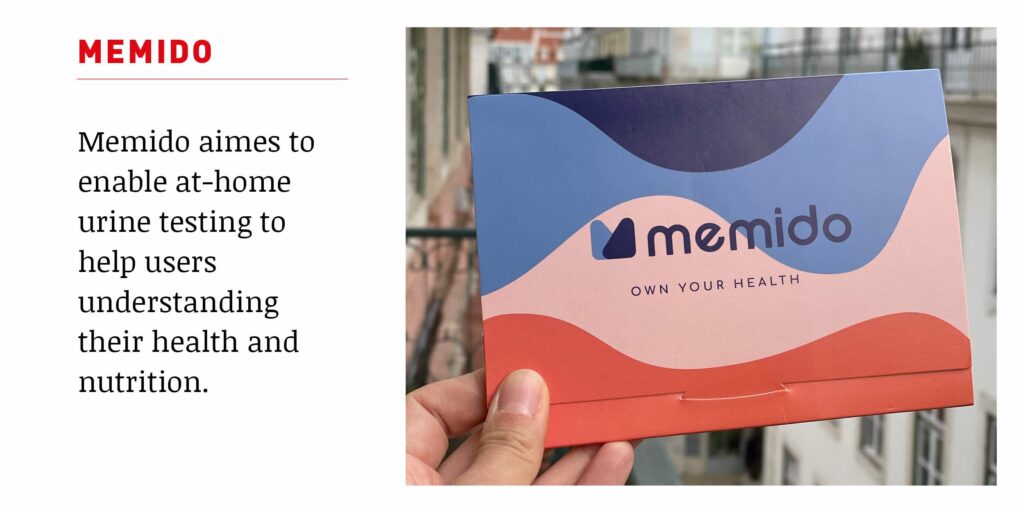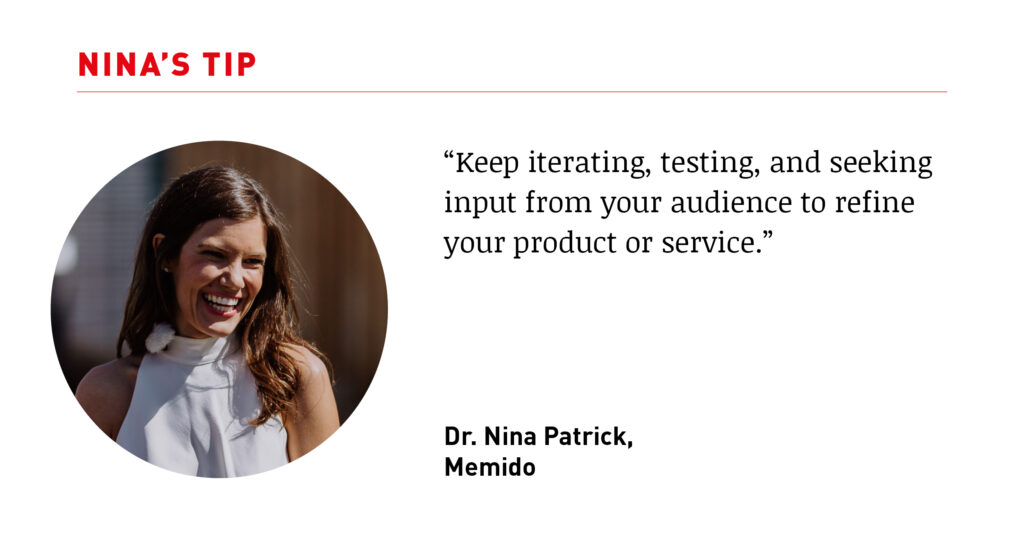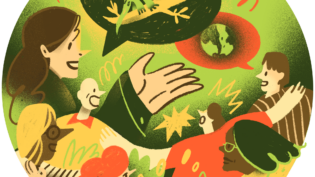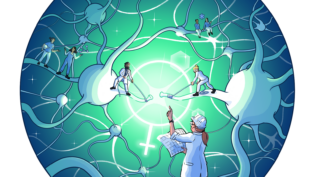
Founding, Failing, and Forging Ahead
Lessons from a scientist who turned challenges into opportunities
Written by
In this month’s Sciencepreneur Talks, we delve into the inspiring journey of Dr Nina Patrick, a pharmaceutical scientist turned entrepreneur and science communicator. From building biosensors in Silicon Valley to launching a healthcare diagnostics startup in Berlin, Nina shares her experiences navigating the challenges of founding a company, securing funding, and engaging with science communication. Her story is a testament to the power of persistence, adaptability, and connecting with your audience to make science truly impactful.
Can you tell me about your professional background as a researcher and entrepreneur?
I have a PhD in Pharmaceutical Sciences, specialising in Drug Discovery and Development. Early in my PhD, I realised academia or Big Pharma wasn’t for me. Both paths felt limiting, so I started exploring alternative career options. To broaden my perspective, I invited professionals from startups, government, and science communication to speak at our graduate seminars. This opened my eyes to opportunities beyond the traditional routes.
After completing my PhD, I joined Prospect Bio, a synthetic biology startup in Silicon Valley, as their first hire. Despite not having a background in microbiology, the founders trusted my ability to adapt, and I led R&D for 2.5 years. Together, we built a library of 50,000 biosensors, which we eventually sold to Ginkgo Bioworks in 2018.
The experience inspired me to consider founding my own company: I joined Entrepreneur First, a talent investor program that connects individuals to create startups. I met my co-founder during the program and started Memido, a healthcare diagnostics company.
How did you come up with your startup idea?
I was passionate about synthetic biology and its potential for diagnostics. Memido aimed to enable at-home urine testing to help users better understand their health and nutrition. We developed a kit and app that analysed test strip colours using machine learning, offering users personalised health reports.

What is the greatest learning so far on your entrepreneurship journey?
The most critical lesson is to gather customer feedback early and continuously. As scientists, we’re tempted to build a perfect product in isolation and then unveil it—but this rarely works. Engaging with customers throughout the development process ensures your solution addresses real needs. Another key insight is to resist getting comfortable with initial positive feedback. Keep iterating, testing, and seeking input from your audience to refine your product or service.
Was it challenging to find investors for your startup? How did you overcome the challenges?
Raising capital was tough, especially as a first-time founder with no established network. I pitched over 400 investors, eventually raising €400K in venture capital and €1.5M in grants. The initial rejections were disheartening. Many investors questioned my decision to build a company in Germany, fearing I might relocate to the US. However, staying in Berlin, keeping them updated, and demonstrating progress helped build trust over time. The pandemic also accelerated our fundraising, as rapid diagnostics became a global priority. We pivoted to be part of the pandemic response, raised capital, and worked on building a COVID-19 diagnostic during 2020. At the end of the year, when it was clear the antigen test would be the diagnostic test to ease lockdown, we pivoted back to the original vision.
How was it to shut down your startup?
The decision to shut down was one of the hardest decisions I had ever made. Shutting down your company means saying goodbye to your vision, the product you built, your team, and your identity as a founder. After a partially successful funding round, my co-founder and I realised that operating in an underfunded state would be unsustainable. Rather than risking disappointment for ourselves and our investors, we decided to shut down. As a first-time founder, I probably held onto the idea too long. It’s crucial to evaluate your business critically and know when to pivot or let go.
You’ve also launched a science communication project. What inspired you to start “Nina’s Notes”?
I started Nina’s Notes after closing Memido, to refocus and explore new interests in longevity and psychedelics. It also helped me stay grounded, preventing me from being pulled back into diagnostics, a field I wanted to leave behind. Now, the project has grown into a community of 2,000+ curious minds – founders, investors, and health enthusiasts seeking reliable health information. It’s been rewarding to see how many people are eager to engage with trustworthy content about their well-being.
What do you think needs to be improved in Germany to achieve the best environment for Sciencepreneurs?
Germany could benefit from adopting a more risk-tolerant approach to investing in science-driven startups. Extending fund timelines beyond the typical 10 years would also help tech-heavy startups that require longer to achieve profitability. Streamlining bureaucracy is essential, from faster incorporation processes to shorter liquidation timelines. The current 12-month minimum for liquidation is too long, as other countries offer faster liquidation periods especially if the company is pre-revenue.
What is your number one piece of advice for aspiring Sciencepreneurs?
Do it. If you’re not ready to start your own company, join an early-stage startup or co-found with someone else. These experiences are invaluable and will prepare you for any future career. Build your network. Connect with mentors, peers, and industry leaders to gain insights and support. A quick message on LinkedIn can lead to surprising opportunities, many people are happy to share their experiences if you ask.

What happens next?
Check out our event calendar for upcoming workshops. Stay tuned for more updates, opportunities, and success stories!
Connect with Nina via LinkedIn, stay on track with her via her newsletter, or listen to her podcast “Nina’s Notes Podcast“!
Interviewer & Editor: Dilara Ekinci
Illustration: Bengt Xylander
Design & Art Direction: Bianca Cramer







